What’s Cooking At SPASH?
December 15, 2021
 Even for those with a penchant for cooking, it can be hard to find the motivation to cook for yourself in an era of fast, hyperprocessed foods and little free time. After transferring from a school where next to nobody cooked at all, I wanted to investigate just how many teens cook both at SPASH and in America in general.
Even for those with a penchant for cooking, it can be hard to find the motivation to cook for yourself in an era of fast, hyperprocessed foods and little free time. After transferring from a school where next to nobody cooked at all, I wanted to investigate just how many teens cook both at SPASH and in America in general.
I decided that the best place to start would be with hard data; I took a basic survey of The Mirror’s 21 contributing writers from sixth hour and combined it with data from a national study conducted by The Journal of the American Medical Association (a peer reviewed medical journal in operation since 1883) to get a more complete view of the issue. The largest group of the 21 students surveyed claimed to cook occasionally (9 students) followed by the next largest group that claimed not to cook at all (6 students), leaving only 5 students that cook often. If we take the data from the national study into account we can see a potential explanation for these results: diet.
The 19-year study found that in 2018, highly processed foods (frozen meals, fast food, etc.) made up almost exactly ⅔ (67%) of calories consumed by teens and adolescents with only 23% coming from minimally processed or completely unprocessed foods. The remaining small percentage came from processed individual ingredients like cheeses, canned goods, and refined sugars. These statistics actually fare worse than those from 1999, a time when our modern healthy eating movement was only just getting started. 29% of our calories came from minimally processed or unprocessed foods; a number whose 6% drop since can be attributed to the jump in calories coming from highly processed foods which had sat at 61% at the beginning of the study. We can see from this data that as time passes, less and less teens are cooking or even eating food cooked by someone else regularly.
Looking at the stories of people that love to cook can help to explain why cooking is special to people and give a closer perspective. After looking at such impersonal and broad data I wanted to share the story of a student that cooks often, Taigan Anderson. Taigan started cooking at age 7 when she would spend weekend mornings making crepes with her dad and fill them with jam from fresh fruit they had grown. It wasn’t until 8th grade that she really discovered her love of cooking, she stumbled upon culinary Youtube and started cooking for herself, igniting a passion in her that still burns to this day.
These days Taigan’s cooking looks a lot less like strictly following recipe videos and more like freeform pantry cooking with a personal flair, admitting herself that she isn’t the most organized. But cooking for yourself is just that, it doesn’t have to be a delicate and precise set of steps, it’s doing something nice for yourself. I asked Taigan why she thinks cooking isn’t more popular among teens and she gave a pretty simple answer; a lot of teens don’t have access to cookware in the first place. “If you don’t have sharp knives, how are you supposed to make ratatouille?”
After hearing from students directly I reached out to the culinary teacher Ms. Samplawski for an interview, we started by discussing Culinary 1. Students of all experience levels come into Culinary 1 but most tend to have little to none. Often they start taking the classes to have a nice relaxed break in their day while getting to have a nice snack. When asked what surprises her most about her early level students, Ms. Samplawski said that she’s always amazed by how much progress they make in just one semester.
When I started asking Ms. Samplawski about the path through the culinary program, she talked at length about the opportunities offered. While a lot of culinary 1 focuses on home-cooking techniques, the classes quickly shift towards a professional, more workforce-oriented direction. Students can get industry standard Servsafe certification, something required by many restaurants that can be an expensive, time consuming process to get. Students can earn college credit towards a culinary degree through dual credit classes as well. The school also works with local restaurants to get feedback about what’s wanted in a culinary workforce as well as to offer school-sponsored apprenticeships; “Not only are they working but they’re getting credit at SPASH for working.” These kinds of opportunities can really give students a leg up on a future culinary career.
So there it is: a look at how many teens cook, an interview with a real teen cook, and the opportunities presented to SPASH students that want to pursue a career as a chef or just have a snack during the day. For any readers interested in trying out cooking, Taigan recommends Basics With Babish for concise and informative recipes and Adam Ragusea for approachable and flexible recipes. For anyone that wants to dive deeper into cooking and try their hand at some more advanced techniques I personally recommend Helen Rennie and J Kenji Lopez Alt.


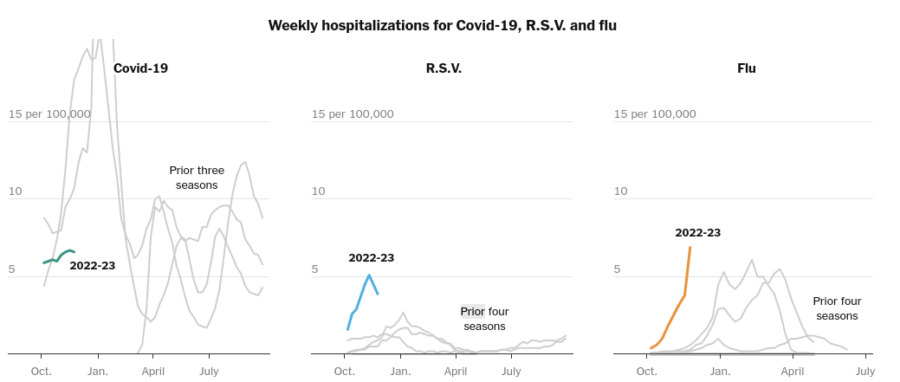
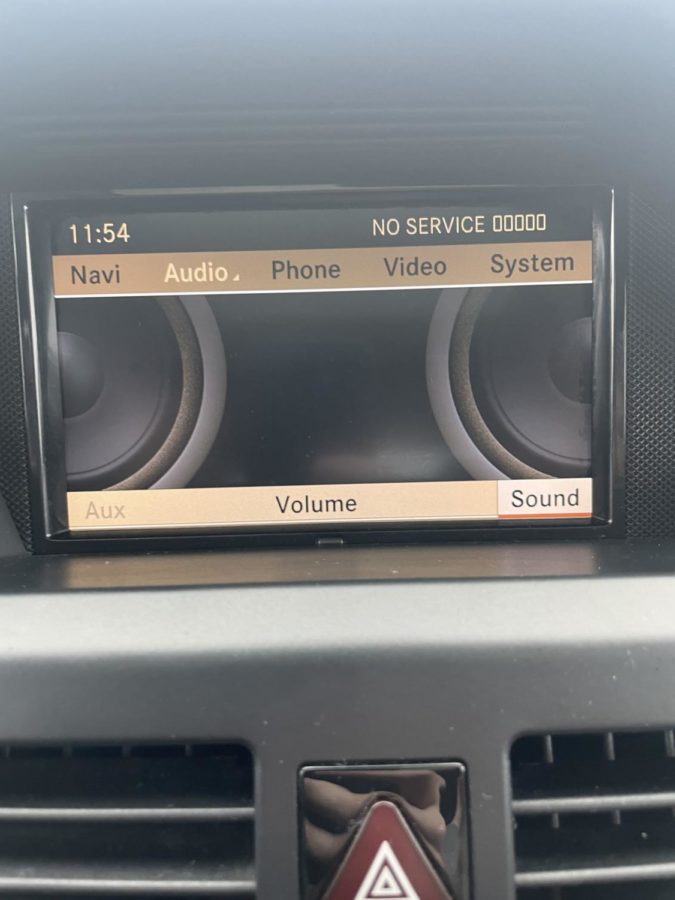
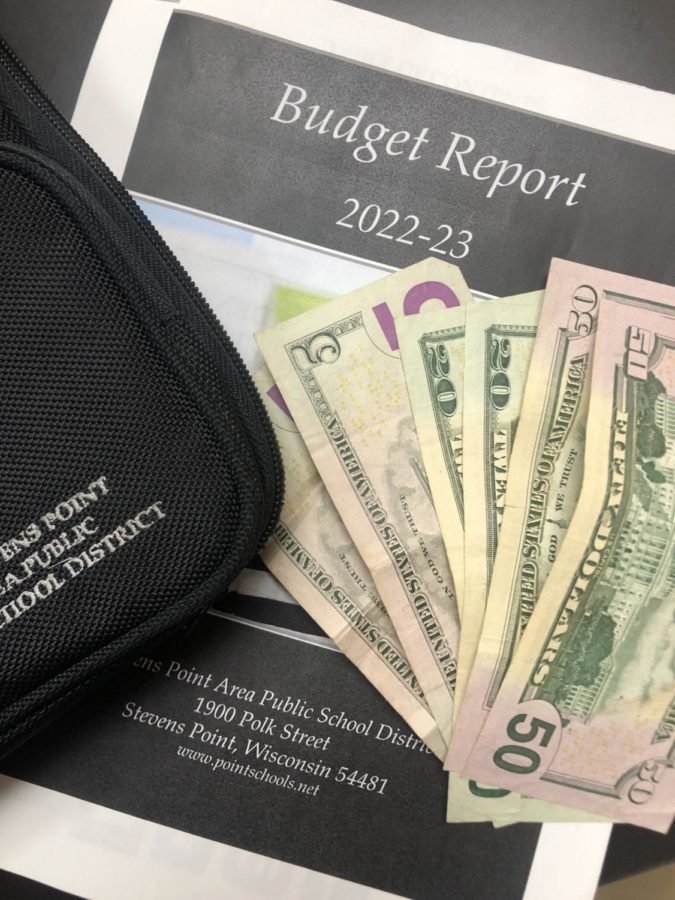
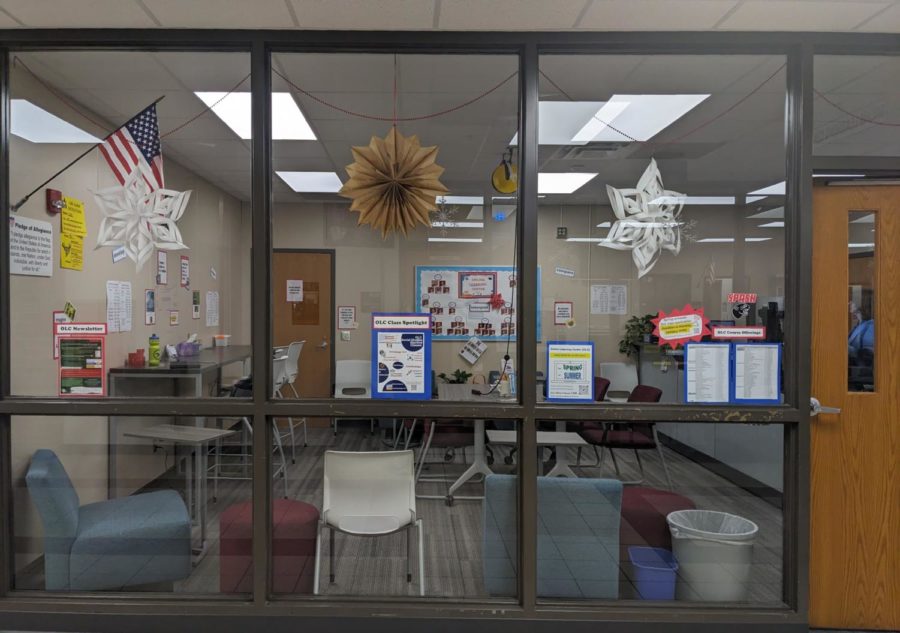



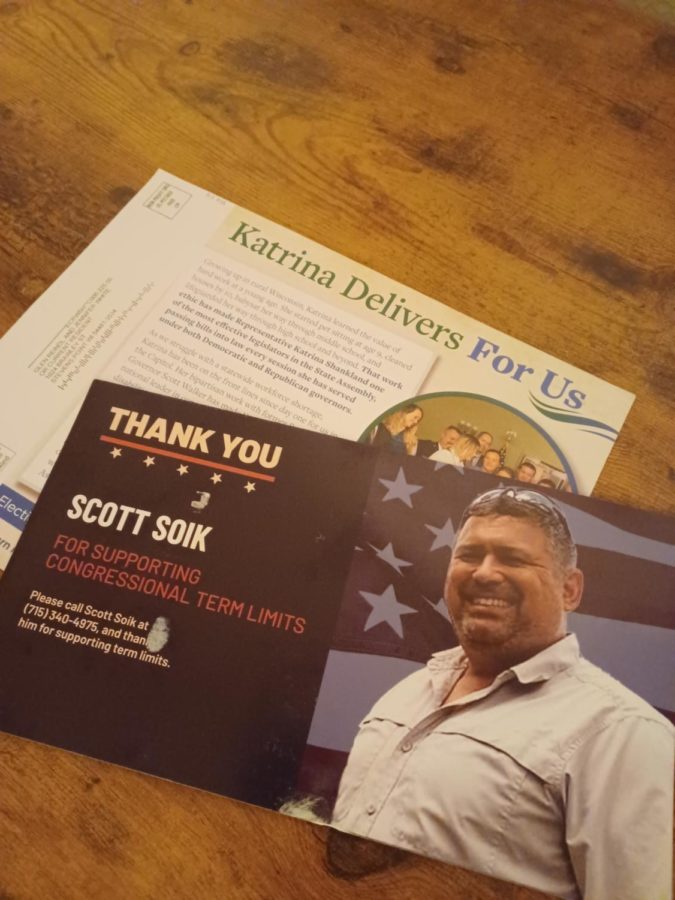














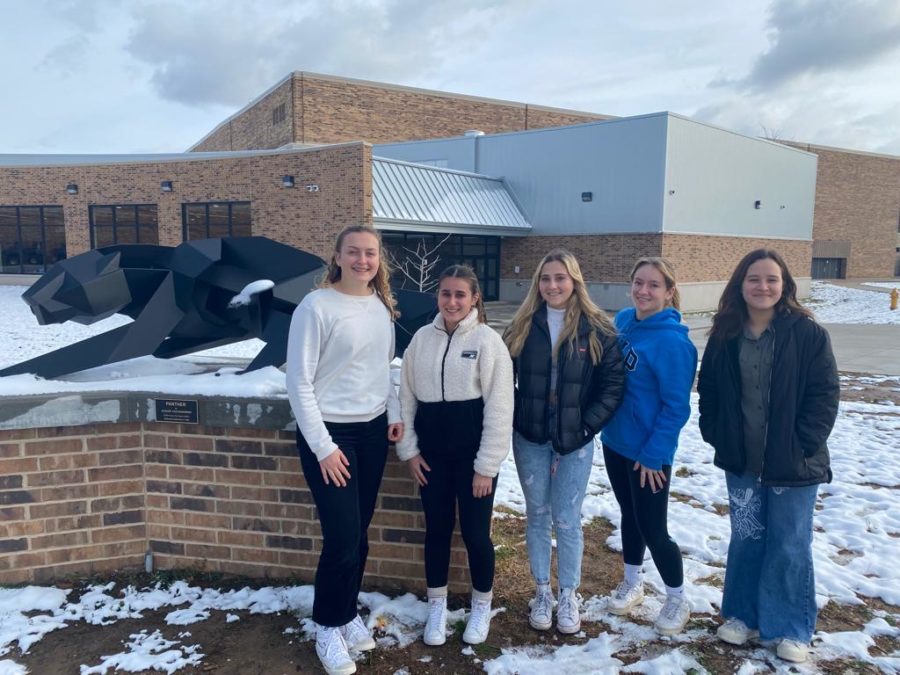
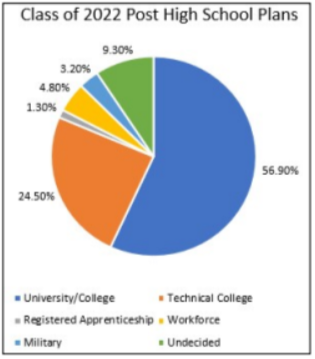
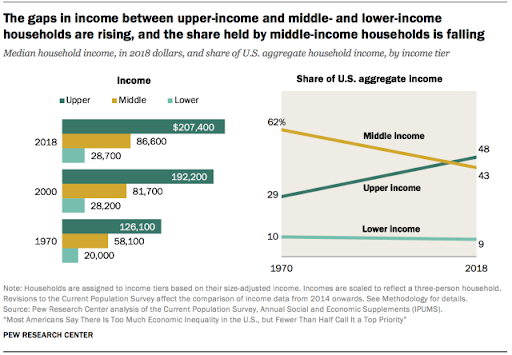


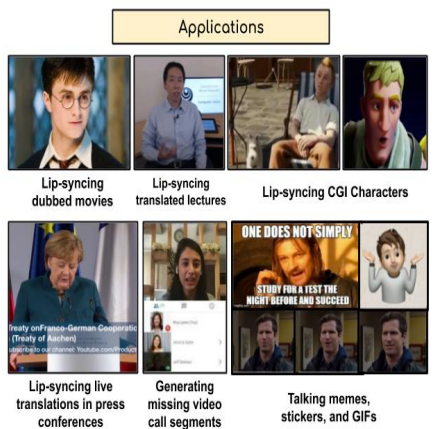

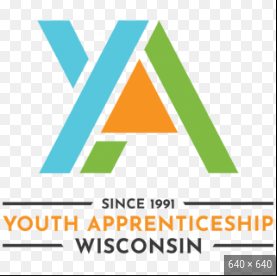






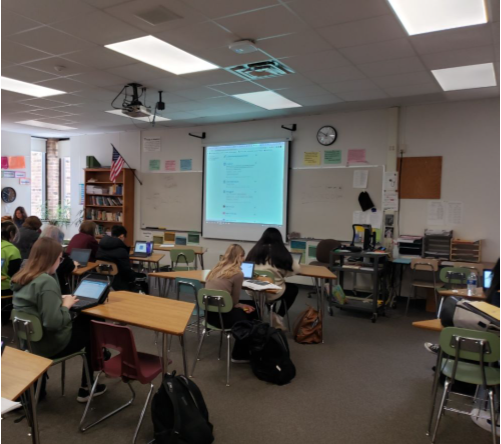
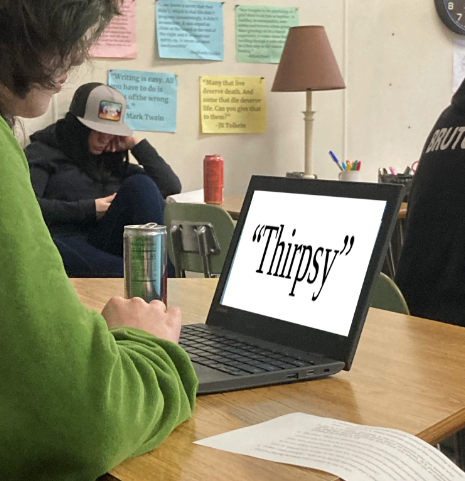





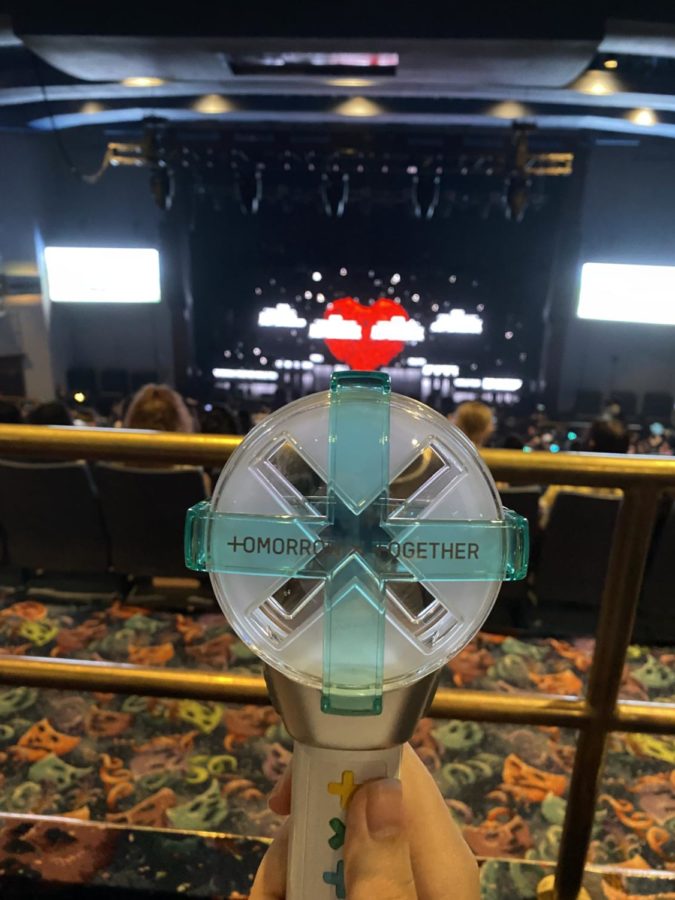
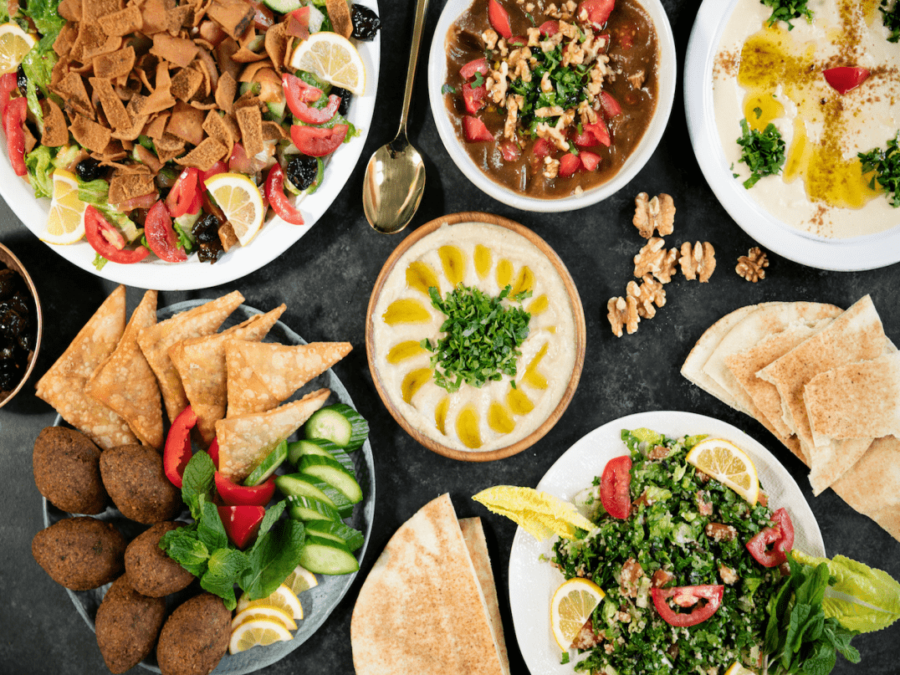
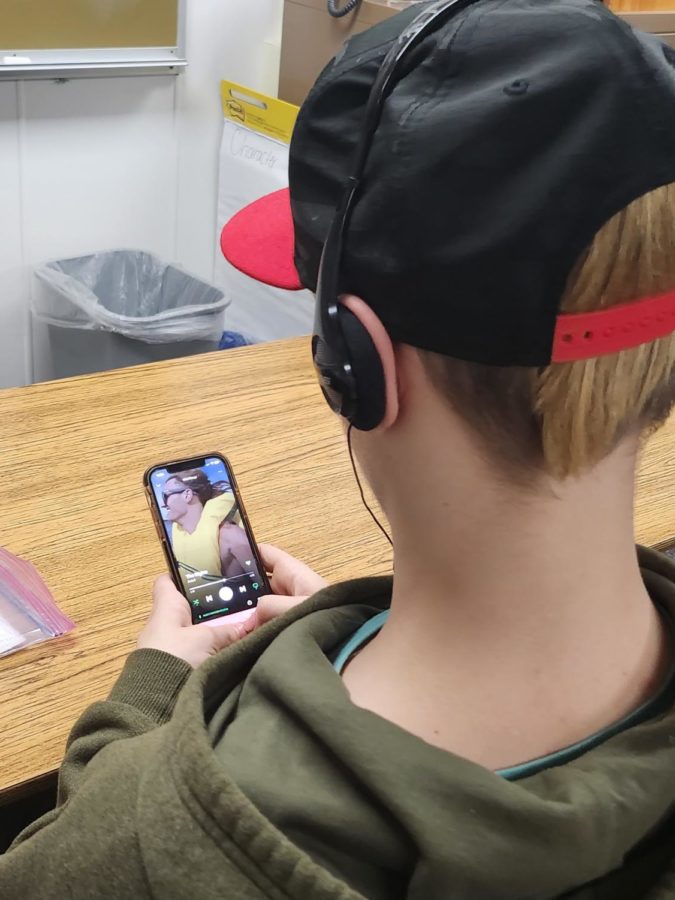




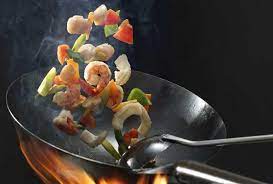









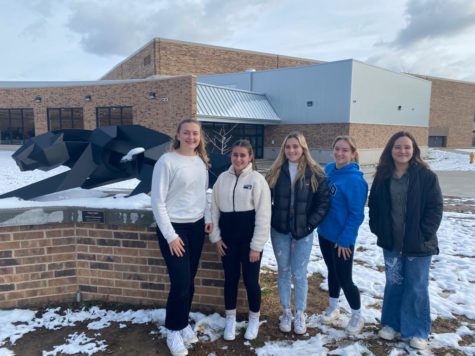



Taigan • Dec 17, 2021 at 2:31 PM
A wonderful mix of exact quotes and paraphrasing. I loved the number of statistics that you combined with SPASH itself, I’ve never seen anyone do that before. Finally, it was fun to read the interviews.
Jadyn Green • Dec 17, 2021 at 1:38 PM
I love how professional this article sounds. You used good vocabulary and your sources were very credible. I myself suck at cooking but i really enjoyed reading this article anyways. Your intro talking about our ‘hyperprocessed foods’ was powerful and easily pulled me in.